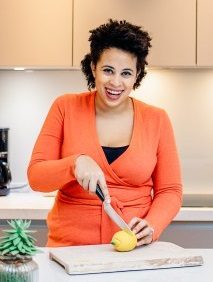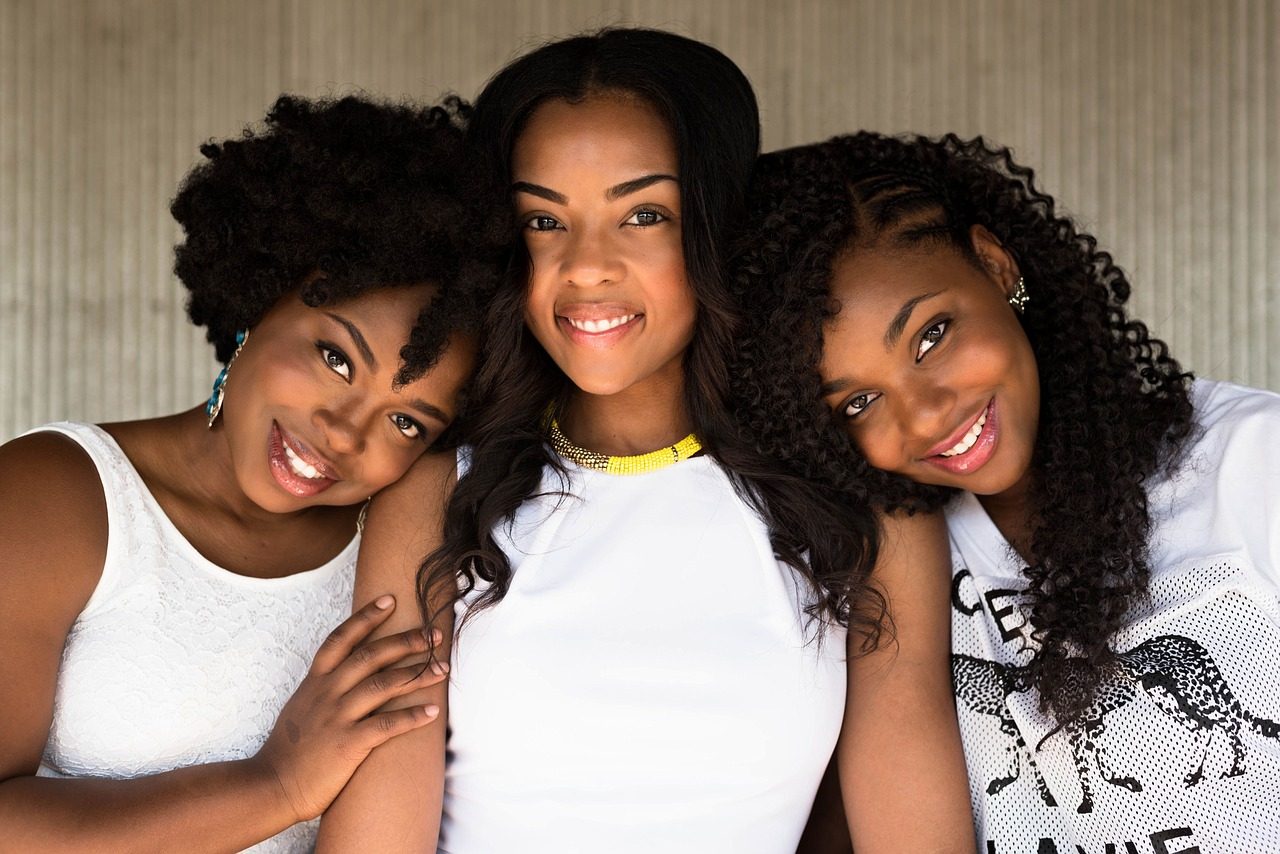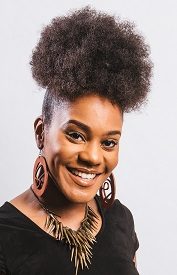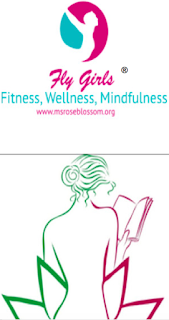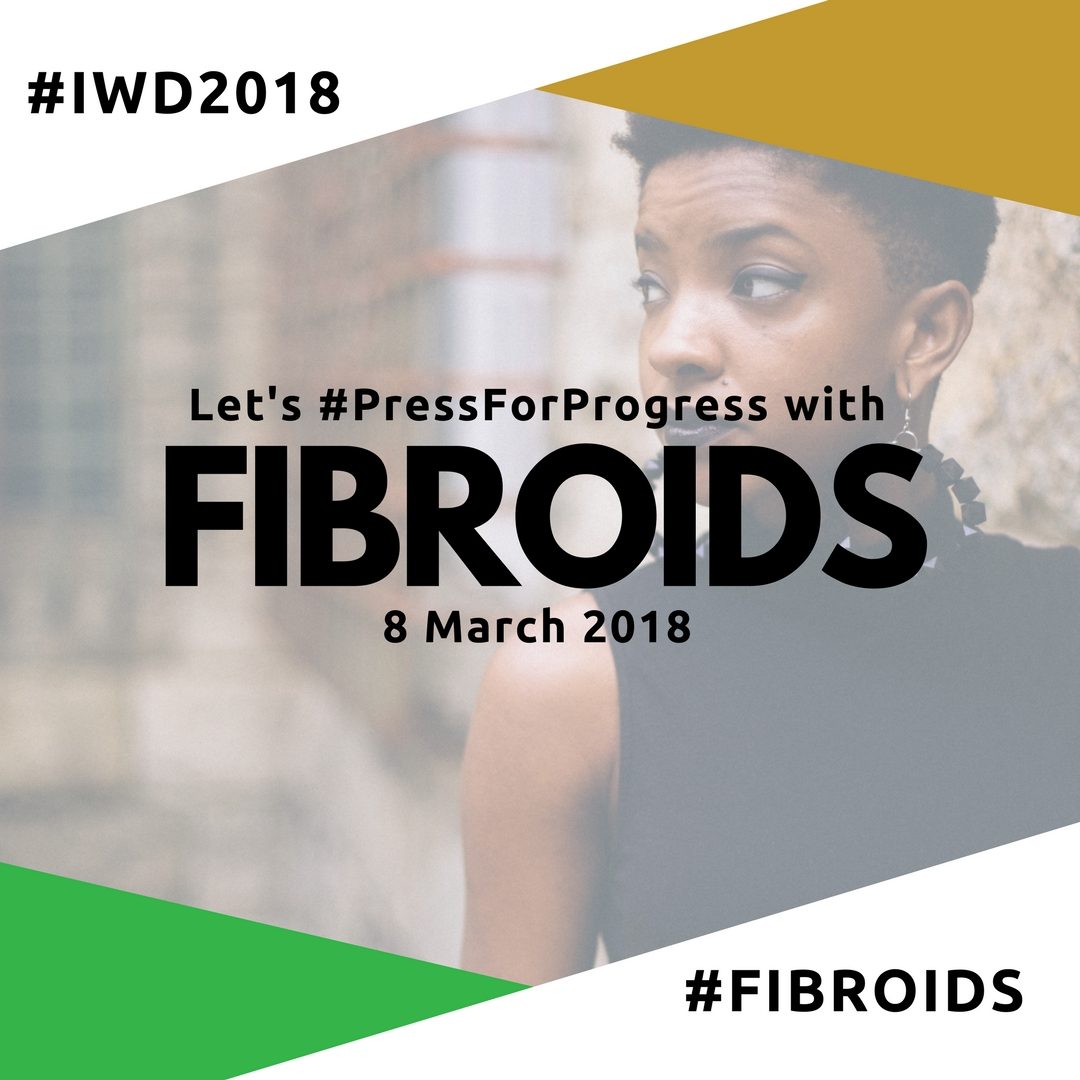Improving Our Health and Wellbeing Through Gardening: Growing Okra
Welcome back to our gardening and health blog series where we’ve been taking you on a personal journey as we explore the health and wellbeing benefits of gardening for ourselves. Today, Abi Begho is back and this time she’s sharing her experience of growing okra and why she thinks okras are the stars of the show.
Growing okra plants has been fantastic. So far, they have been the star of the show! They seem to absolutely love the hot climate here in St Kitts and have really thrived producing lots and lots of okra pods. We have had so much okra that we ran out of okra recipes and weren’t sure what to do with them – we have made gumbo (multiple times), crispy okra (a few variations), stewed okra and tomatoes (many times), Nigerian okra stew, okra in scrambled eggs (!) and okra in various salads. It’s been a fun experience.
Let’s Start at the Beginning: What is Okra?
Okra also called okro, ochro and ladies fingers is a popular vegetable in West Africa, India and the Southern States of the US. It is a very hardy plant being heat and drought tolerant and as you guessed, it is a tropical plant and doesn’t do well in cold temperatures.
It belongs to the mallow family of plants making it a close relation to the hibiscus (it was hard to believe this until I saw the okra flower myself), cotton and cacao, just to name a few of its cousins.
There are many varieties of okra, I read somewhere there are thousands (who knew! I am learning so much from gardening). Some of the popular varieties of okra are Clemson Spineless, Red Burgundy, Burgundy, Emerald and Cajun Delight.
Okra is a healthy, tasty addition to your diet containing vitamin B, vitamin C, folic acid, potassium and calcium. It is also very high in fibre.
How I Got Started Growing Okra
We love okra so it was one of the first things on my list of things to grow in our garden.
Having read that there are so many varieties of okra, I was a bit confused and unsure about what variety of okra to grow. So I consulted with my trusty friend, YouTube, and the consensus was that Clemson Spineless was a good variety to start with. So, I headed to the shop and bought a packet of seeds and planted several of them in a container.
I was shocked by how quickly the seeds germinated. I expected them to germinate in 5-7 days, but just three days later I had little seedlings growing happily in my container. I left them for a week or so and then transplanted them into the garden, being careful with the roots, as they are very delicate, and left them to do their thing. I just watered them every now and again and made sure they were in a nice sunny spot and I watched them grow.
Buds, Flowers and Okra Pods
About a month after I planted the seeds I noticed my very first okra buds. I literally squealed with delight when I saw them, it was so unexpected as was my squeal – my husband thought I was being attacked or something! Then three weeks later, the most beautiful okra flower appeared and then promptly disappeared within a couple of hours – if you blink you miss the beauty (Okra flowers only open for a few hours and then they close up in preparation for okra pod formation). Two days after the flower appeared a tiny little okra pod had formed and then, voila, two days after that I had picked my first okra – yay!
Below you can see the progression from okra bud to okra pod.
In total I have 9 okra plants and for months they were serious okra producing machines! Like I mentioned earlier, we had so much okra we didn’t know what to do with them. It was great! And, I just have to mention how perfect the okras have been. I have never ever seen such good-looking okras and we used to buy okra all the time in the UK. Every okra I picked was beautifully formed, no defects and very tasty.
As I type the okra plants are 5 months old and sadly they are looking a bit tired, okra pod production has slowed down, their leaves have dropped and the plants don’t look as healthy as they did a few months ago. I think they are coming to the end of their lifespan or maybe they have some kind of fungal disease as I read they are supposed to keep producing for a really long time. So, I have bought some new seeds and will be planting these soon.
Final Thoughts
I have really enjoyed growing (and eating!) okra. It has been pretty straightforward as okras are very low maintenance and, as I mentioned previously, very hardy, so they have given me no problems whatsoever.
If you live in a warm climate I highly recommend you try growing okra and if you live in a cold country, you can still jump on board and grow them during the summer months.
WelI… that’s it for now. In my next blog I’ll be discussing my lovely little bell peppers. See you then and happy gardening!
If you want purchase some okra seeds, I recommend the Clemson Spineless, which is what I grew and had great success with. You can order some seeds from Amazon below
If you missed our previous blogs you can read them using the links below













